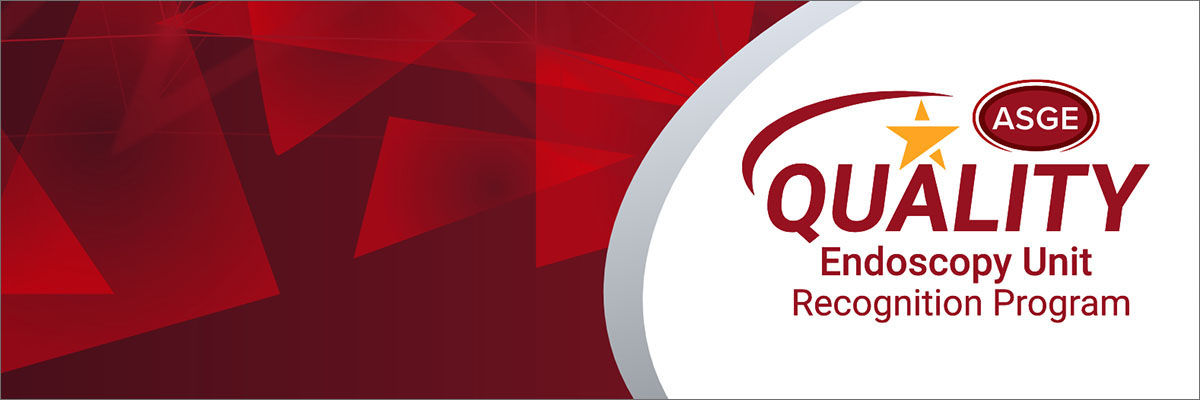Over the past three years, [the unit] has used several different bowel preps in order to achieve the best possible colonoscopy for our patients. The cleansing quality is a critical factor in determining the quality, ease, speed, and completeness the colonoscopy. Our facility has used [Prep A], [Prep B], and [Prep C] over the past two years with varying results.

Sample A
Over the past three years, [the unit] has used several different bowel preps in order to achieve the best
possible colonoscopy for our patients. The cleansing quality is a critical factor in determining the quality,
ease, speed, and completeness the colonoscopy. Our facility has used [Prep A], [Prep B], and [Prep C]
over the past two years with varying results.
Our facility was originally using [Prep A] bowel prep. Our staff found a significant amount of patients
could not tolerate the large volume of prep. Most patients would not drink the entire solution because
of the nausea, vomiting, and bloating. This would result in poor bowel preps. In addition, older patients
were also having issues being able to follow the prep directions. After chart reviews and patient
interviews, our physician change to [Prep B].
[Prep B] is a lower volume bowel prep. Patients like the [Prep B] prep because of the smaller prep
solution, but a large volume of patients did not follow the prep directions properly. The directions stated
that a light breakfast was allowed. A “light breakfast” was not defined in the instructions. Our patients
were eating large, complex meals and not drinking enough clear liquids with their bowel prep. This was
giving the patients very poor prep results. After chart reviews and patient interviews, we changed to
[Prep C].
Our staff has noticed a significant improvement in prep quality. After doing Quality Assessment on 50
consecutive cases, the prep quality was good in 92% using [Prep C].
By changing to the [Prep C] bowel prep, we have achieved better outcomes for our patients and staff.
We have been successful in achieving better visualization of the entire mucosal surface and decreased
the need to reschedule procedures due to poor preps.
Sample B
[Our unit] chose to compare two preps we currently used on a routine basis. We looked at the quality
and cost of the two preps.
The unit’s goal as a practice is to provide a quality and cost effective exam for our patients. Some
physicians felt like [Prep A] was providing a better quality prep than [Prep B]. However, we frequently
received calls from patients complaining that [Prep A] was too expensive. We felt like the best way to
evaluate this was to do a blind study. We polled each patient on arrival to see how much the prep had
cost them.
The physicians collaborated to come up with prep definitions to score the preps appropriately and
consistently. The scores ranged from excellent, good, fair, poor, and inadequate. A copy of the prep
definitions was posted in each procedure room so it would be easily accessible. We then devised a form
for staff to document the required information. Staff was notified about the form and information we
were looking to collect. We alternated preps distributed on a daily basis and tracked this information for
three months to assure we would get a good sample of both preps. Out initial goal was to have the
endoscopists reporting that 50% of patients were presenting with good to excellent prep regardless of
the prep they received and to keep the average cost to the patient around $20-30.
At the end of three months, results were tallied. 73% of patients taking [Prep A] presented with good to
excellent preps and 72% of patients taking [Prep B] presented with good to excellent preps. The data
also showed the average cost of [Prep A] to patients was $52 and the average cost of [Prep B] to
patients was $20. Therefore, with both preps providing a quality prep more than 50% of the time and
[Prep A} on average costing patients $30 more that [Prep B], [Prep B] was obviously the best choice to maintain our goal of providing a quality and cost effective prep. After sharing the results with our
physicians, [Prep B] was chosen as our primary prep unless contraindicated. We had a meeting with staff
to share the results and make them aware of our decision to use [Prep B] as our primary prep. There
was no need for repeat measurement at this time.